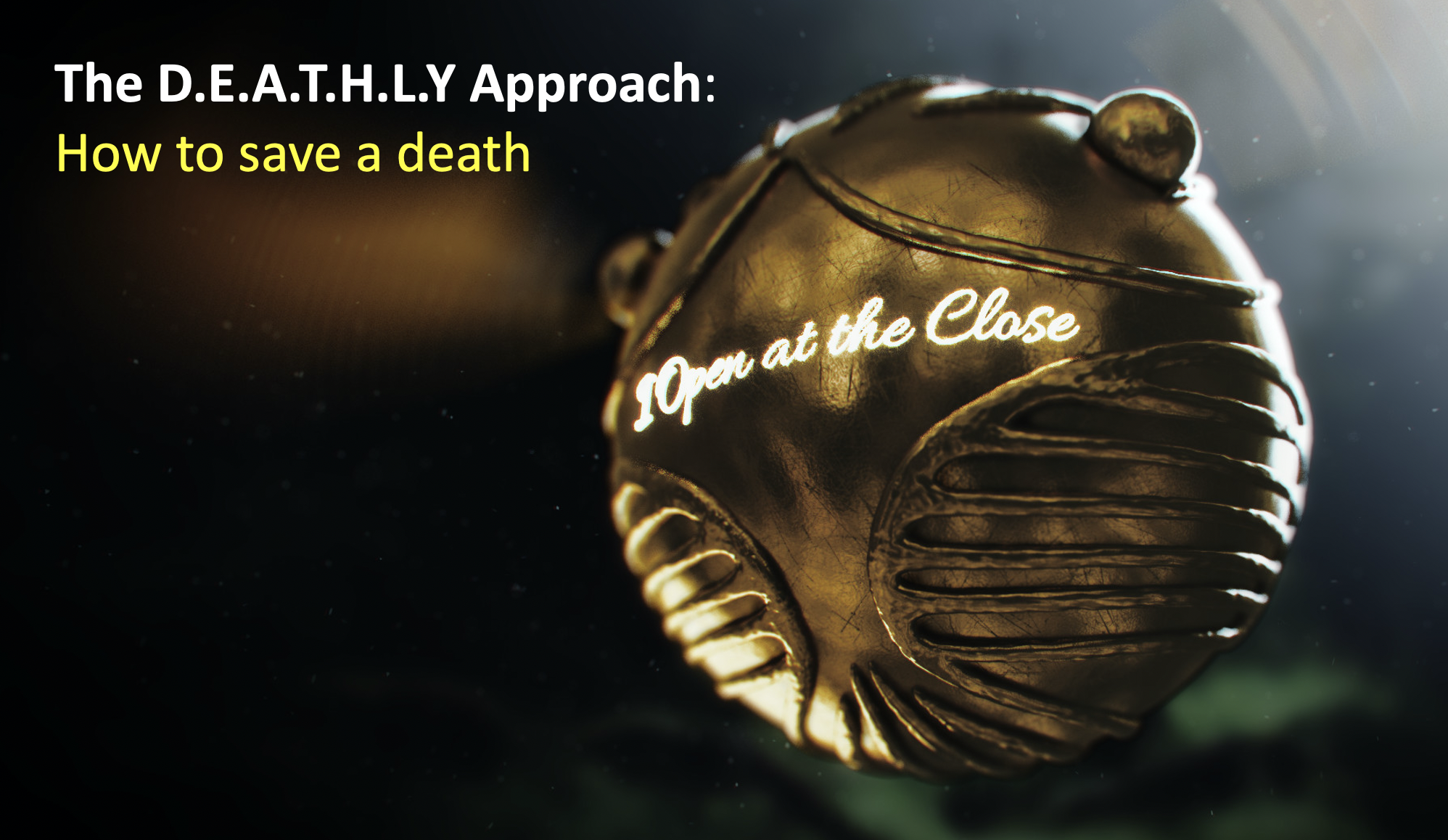Picture this – you are managing a patient who looks like shit, has a heart rate of 155 and a fever. You check the blood pressure on the automatic machine and you see 156/134. This is reassuring right? The patient has plenty of blood pressure so they mustn’t be that shocked?
Unfortunately, this unrealistic looking blood pressure is more often than not a deceiving mirage that shows up time and again to make us feel sheepish and potentially delay our response to profoundly shocked patients. And while there are plenty of reasons to revere the advanced monitoring systems we use in our modern EDs, there are important reasons to maintain a healthy degree of scepticism (in the right circumstances).
How do they work?
Most automatic non-invasive blood pressure (NIBP) machines work by measuring oscillations (or vibrations) in an artery between the systolic and diastolic blood pressures. Above systolic pressure, the artery is held closed by the pressure. Below diastolic pressure the blood flows freely causing no vibration. Between the 2 pressures, the blood is able to force its way through the artery causing vibration which can be detected by the device – therefore, the machine interprets vibration as a sign that the pressure in the cuff must be between the systolic and diastolic pressures. So when the cuff inflates and begins releasing pressure, the measurement when the vibration starts is the systolic and the measurement when the vibration stops is the diastolic.
With this in mind it is understandable that other factors which cause vibration may cause false interpretation of the patients’ blood pressure. These factors may include patient movement, arrhythmias (which cause oscillation in the arteries) and extremes of blood pressure or heart rate. Many of the devices used commercially are particularly sensitive, meaning they can detect very slight oscillations. In the case of extreme blood pressure or heart rate the potential for misinterpretation of the blood pressure measurement is increased.
Now picture the same scenario we began with – Your patient is hot and tachycardic but the NIBP reads 120/80. This must be better, right?
Well…maybe, and maybe not. In any critically unwell patient, especially one in whom you suspect shock, the possibility that an NIBP reading is falsely reassuring still exists even if you really (REALLY) want to believe the numbers on the screen.
For any patient making you nervous for shock, you should always cross check the automatic reading by both feeling the patient’s pulses (peripheral and central) and manually auscultating a blood pressure with your own ears (via a stethoscope if you prefer to keep your face off the patient).
So being the champion that you are, you grab your stethoscope and have a listen for a BP…And for the life of you, you can’t hear anything. So you get a colleague to listen and they hear nothing as well. But the number on the screen still says 120/80…
If you hear nothing from this post, hear this:
If the patient looks shocked and you can’t auscultate a blood pressure, that is more than likely because they are too shocked to measure a blood pressure – meaning it is very low (regardless of what the NIBP reading says).
Your eyes, ears and fingertips make you a very sensitive, mobile shock detector – the NIBP machine will never be able to compete with you. If the non-invasive blood pressure doesn’t fit the clinical picture and you can’t auscultate a decent pressure – be prepared to resuscitate the patient and strongly consider invasive blood pressure monitoring via an arterial line.
Take home tips:
- In the patient who looks fine and doesn’t worry you for shock, use your automatic BP machine and be thankful for the marvels of modern technology.
- If the blood pressure looks unbelievable – don’t just trust the machine, check it manually (remember – you are smarter than the machine).
- If the patient looks shocked: the machine can’t beat your ear. Always make sure to cross check the results on the screen manually.
- And if you can’t hear a blood pressure in a shocked looking patient: don’t let an optimistic machine lull you into a false sense of security – they are shocked.




Leave a Reply